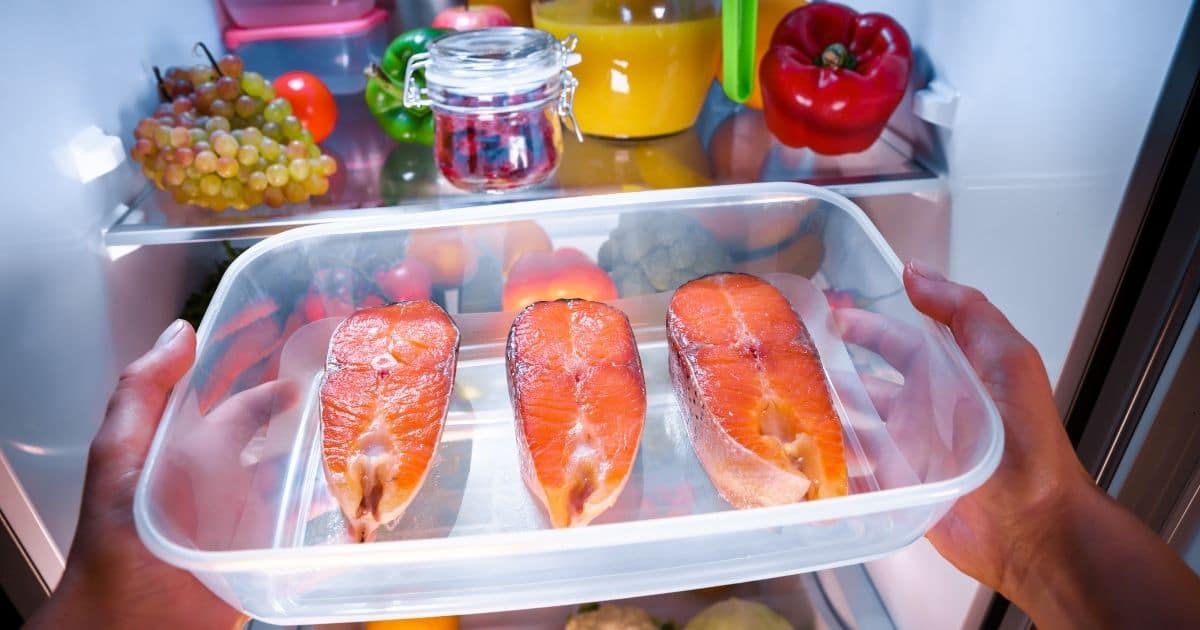

Articles
How To Store Salmon In Freezer
Modified: January 7, 2024
Learn how to properly store salmon in the freezer with these helpful articles. Keep your seafood fresh and ready for future meals.
(Many of the links in this article redirect to a specific reviewed product. Your purchase of these products through affiliate links helps to generate commission for Storables.com, at no extra cost. Learn more)
Introduction
Salmon is a popular and nutritious fish that is enjoyed by many. Whether you have caught fresh salmon yourself or purchased it from a store, there may be times when you need to store it in the freezer to keep it fresh and extend its shelf life. Freezing salmon is a great way to ensure that you always have this delicious fish on hand whenever you need it.
In this article, we will discuss the various types of salmon, the proper methods of preparing and packaging salmon for freezing, as well as tips for storing and handling frozen salmon to maintain its quality. By following these guidelines, you can confidently store your salmon in the freezer, knowing that it will remain fresh and flavorful for an extended period of time.
So, let’s dive into the world of freezing salmon and discover the best practices for storing this versatile fish.
Key Takeaways:
- Properly preparing and packaging salmon for freezing is crucial to maintain its freshness and flavor. From cleaning and portioning to using freezer-safe containers, following these steps ensures high-quality frozen salmon.
- Thawing and handling frozen salmon with care is essential for preserving its texture and taste. Whether using refrigerator thawing or cold water thawing, proper handling and prompt use of thawed salmon are key to maintaining its quality.
Read more: How To Store Salmon
Types of Salmon
Salmon is a diverse fish species, and there are several types of salmon that you may come across when shopping for or catching this fish. Each type of salmon has its own unique characteristics, flavor profile, and culinary uses. Here are some of the most common types of salmon:
- Chinook (King) Salmon: Known for its rich flavor and high oil content, Chinook salmon is the largest species of salmon and prized for its firm flesh. It has a rich, buttery taste and is often considered the most flavorful of all the salmon varieties.
- Coho (Silver) Salmon: Coho salmon has a milder flavor compared to Chinook salmon, with a slightly sweeter taste. It has firm, pink-orange flesh and is often used in grilling or baking preparations.
- Sockeye (Red) Salmon: Sockeye salmon has a deep red flesh color and a distinct, robust flavor. It is known for its firm texture and is often enjoyed smoked, grilled, or served raw in sushi and sashimi.
- Pink Salmon: Pink salmon, also known as “humpback” salmon, is the most abundant and affordable variety. It has a delicate, mild flavor and is commonly used in canned or processed salmon products.
- Atlantic Salmon: Unlike the other species mentioned above, Atlantic salmon is primarily farmed rather than being caught in the wild. It has a mild flavor and a tender, flaky texture, making it popular in a variety of culinary preparations.
When it comes to freezing salmon, the type of salmon you have will not significantly impact the storage process. However, it’s important to note the flavor and texture differences between the various types, as this can influence the cooking techniques and recipes you choose when using frozen salmon.
Now that we have explored the different types of salmon, let’s move on to the next step: preparing the salmon for freezing.
Preparing the Salmon for Freezing
Before you freeze your salmon, it’s important to properly prepare it to ensure optimal freshness and flavor retention. Follow these steps to prepare your salmon for freezing:
- Clean and gut the salmon: Start by cleaning the salmon thoroughly. Remove any scales, rinse it under cold water, and pat it dry with paper towels. If the salmon is whole, you may also need to gut it by removing the internal organs.
- Remove bones: Carefully check the salmon for any remaining bones and remove them using tweezers or fish bone pliers. This step is essential to avoid any unpleasant surprises when consuming the fish later.
- Divide into portions: Decide on the desired portion size for freezing. It is generally recommended to divide the salmon into individual or family-sized portions to make it easier to thaw and use later.
- Season (optional): You may choose to season the salmon before freezing it to enhance the flavor. Common seasonings include salt, pepper, herbs, and spices. Spread the seasonings evenly on both sides of the fish.
- Place in a freezer-safe container: To protect the salmon from freezer burn and ensure its freshness, place each portion in a freezer-safe container or wrap it tightly in plastic wrap or aluminum foil. Make sure to remove as much air as possible to prevent freezer burn.
By following these preparation steps, you are setting the stage for successful freezing and storage of your salmon. Now, let’s move on to the next step: wrapping and packaging the salmon for freezing.
Wrapping and Packaging Salmon for Freezing
Properly wrapping and packaging your salmon is crucial to prevent freezer burn and maintain its quality during storage. Here are some effective ways to wrap and package salmon for freezing:
- Use plastic freezer bags: Plastic freezer bags are an ideal option for packaging salmon. Place each portion of salmon in a separate bag, squeeze out any excess air, and seal the bags tightly. This will create a protective barrier around the fish and help prevent freezer burn.
- Wrap with plastic wrap and aluminum foil: An alternative to freezer bags is wrapping the salmon tightly in plastic wrap and then wrapping it again with aluminum foil. The plastic wrap provides a tight seal, while the foil adds an extra layer of protection against air and moisture.
- Vacuum-sealing: If you have a vacuum sealer, it can be a great option for long-term storage of salmon. Vacuum-sealed bags remove all the air from the packaging, minimizing the risk of freezer burn and extending the shelf life of the fish.
- Label with date and contents: It’s important to label each package with the date of freezing and the contents. This will help you keep track of the salmon’s freshness and easily identify it in your freezer.
When packaging the salmon, always ensure that it is tightly sealed to prevent any air or moisture from getting in. This will help maintain the quality and flavor of the fish during its time in the freezer.
Now that your salmon is properly wrapped and packaged, let’s explore the proper storage techniques to ensure its longevity and taste.
When storing salmon in the freezer, wrap it tightly in plastic wrap or aluminum foil to prevent freezer burn. Place it in a resealable plastic bag to further protect it from air and moisture. Label with the date and use within 2-3 months for best quality.
Proper Storage Techniques
Storing salmon correctly in the freezer is essential for maintaining its freshness and quality. Here are some proper storage techniques to follow:
- Keep the temperature constant: Set your freezer temperature to 0°F (-18°C) or below. This low temperature helps to preserve the salmon and prevent bacterial growth.
- Store salmon away from strong odors: Salmon is known for absorbing odors easily. To avoid any unwanted flavors, store it separately from other strong-smelling foods in your freezer.
- Arrange salmon in a single layer: When placing salmon in the freezer, arrange the packages in a single layer, if possible. This allows for faster freezing and better airflow, ensuring that the salmon freezes evenly.
- Rotate stock: If you have multiple portions of salmon in the freezer, it’s a good practice to rotate the stock. Use the older packages first to prevent them from staying in the freezer for too long.
- Do not refreeze thawed salmon: Once you have thawed frozen salmon, do not refreeze it. This can lead to a loss in quality and increase the risk of bacterial growth.
- Keep a record: Maintain a record of the frozen salmon’s storage time. While salmon can typically be stored in the freezer for up to 3-4 months, it’s always best to eat it within 1-2 months for optimal flavor and texture.
By following these storage techniques, you can ensure that your frozen salmon remains in excellent condition and is ready to be used whenever you need it.
Now that we have covered the storage techniques, let’s move on to the next important aspect: thawing and handling frozen salmon.
Read more: How To Store Leftover Salmon
Thawing and Handling Frozen Salmon
Thawing frozen salmon properly is crucial to maintain its texture and flavor. Here are some guidelines for thawing and handling frozen salmon:
- Refrigerator thawing: The best method for thawing frozen salmon is to transfer it from the freezer to the refrigerator. Place the packaged salmon in the refrigerator and allow it to thaw slowly overnight or for about 24 hours. This gradual thawing process helps retain the moisture and integrity of the fish.
- Cold water thawing: If you need to thaw salmon quickly, you can use the cold water thawing method. Place the packaged fish in a sealed plastic bag and submerge it in cold water. Change the water every 30 minutes to ensure it stays cold. Thawing this way usually takes about 1-2 hours, depending on the size of the salmon portions.
- Avoid thawing at room temperature: It is essential to avoid thawing salmon at room temperature as it can lead to bacterial growth and compromise the quality of the fish.
- Handle thawed salmon carefully: Once the salmon is thawed, handle it with care to prevent any damage to the flesh. Avoid excessive squeezing or pressing on the fish.
- Cook or use thawed salmon promptly: Once the salmon is thawed, it is best to cook or use it within 1-2 days for the best flavor and freshness.
It’s important to note that if you plan to use only a portion of the thawed salmon, it’s best to separate it from the remaining portion and return the rest to the refrigerator or freezer promptly to maintain its quality.
Now that you know how to thaw and handle frozen salmon, let’s explore some tips for maintaining the quality of frozen salmon over time.
Tips for Maintaining Quality in Frozen Salmon
To ensure that your frozen salmon remains of the highest quality, consider the following tips:
- Use high-quality salmon: Start with fresh, high-quality salmon for freezing. The fresher the fish, the better the results when it comes to taste and texture after thawing.
- Properly wrap and package: Ensure that your salmon is tightly sealed and well-protected from air and moisture. This will prevent freezer burn and maintain the freshness of the fish.
- Label and date your packages: Proper labeling helps you keep track of the freezing date and contents of each package. This allows you to rotate your stock and use the older packages first.
- Avoid temperature fluctuations: Keep your freezer at a consistent temperature of 0°F (-18°C) or below. Fluctuations in temperature can negatively impact the quality of the salmon.
- Don’t keep frozen salmon for too long: While frozen salmon can be stored for up to 3-4 months, it is best to use it within 1-2 months for optimal flavor and texture.
- Follow proper thawing methods: Thaw frozen salmon in the refrigerator or using the cold water thawing method. Avoid thawing at room temperature to prevent bacterial growth.
- Store frozen salmon in airtight containers: Using airtight containers or freezer bags helps prevent cross-contamination with other foods and maintains the quality of the salmon.
- Don’t refreeze thawed salmon: Once you have thawed salmon, it’s best not to refreeze it. Refreezing can affect the texture and flavor of the fish.
By following these tips, you can ensure that your frozen salmon remains of the highest quality, retaining its flavor, texture, and nutritional value for future enjoyment.
Now you have all the information you need to store your salmon in the freezer properly, from preparation to thawing and maintenance. By following these guidelines, you can always have a supply of delicious and nutritious salmon on hand for your culinary creations.
Stay mindful of the storage time and handle the fish with care to make the most out of your frozen salmon. Enjoy the convenience and versatility of frozen salmon while savoring its incredible flavor!
Happy cooking and happy freezing!
Conclusion
Properly storing salmon in the freezer is essential for preserving its freshness, flavor, and nutritional value. By following the steps outlined in this article, you can ensure that your frozen salmon remains of the highest quality and is ready to be enjoyed whenever you want.
We began by exploring the different types of salmon, each with its own unique characteristics and culinary uses. Whether you have Chinook, Coho, Sockeye, Pink, or Atlantic salmon, the freezing process remains the same.
We then discussed the importance of preparing the salmon for freezing, including cleaning, gutting, removing bones, and portioning the fish. Properly wrapping and packaging the salmon in plastic freezer bags, plastic wrap, or vacuum-sealed bags is crucial to prevent freezer burn and maintain its freshness.
Next, we delved into the proper storage techniques, such as setting the freezer temperature to 0°F or below, storing the salmon away from strong odors, and arranging it in a single layer for even freezing. We emphasized the significance of not refreezing thawed salmon and keeping a record of the storage time to ensure optimal quality.
We then provided guidelines for thawing and handling frozen salmon, including refrigerator thawing, cold water thawing, and handling the thawed fish with care. It’s important to cook or use thawed salmon promptly for the best flavor and freshness.
Lastly, we shared valuable tips for maintaining the quality of frozen salmon, such as using high-quality fish, properly labeling and dating packages, avoiding temperature fluctuations, and storing the salmon in airtight containers.
By following these guidelines and incorporating them into your freezer storage routine, you can enjoy the convenience and benefits of having frozen salmon readily available for a variety of culinary delights.
Remember to always prioritize food safety and quality when handling frozen salmon. With proper storage techniques, you can always enjoy the delicious taste of this nutritious fish, whether it’s for a quick weeknight dinner or a special occasion meal.
Now, armed with this knowledge, go ahead and confidently store your salmon in the freezer, knowing that you have mastered the art of freezing and preserving this delectable seafood.
Enjoy the convenience, flavor, and health benefits that frozen salmon brings to your table!
Frequently Asked Questions about How To Store Salmon In Freezer
Was this page helpful?
At Storables.com, we guarantee accurate and reliable information. Our content, validated by Expert Board Contributors, is crafted following stringent Editorial Policies. We're committed to providing you with well-researched, expert-backed insights for all your informational needs.
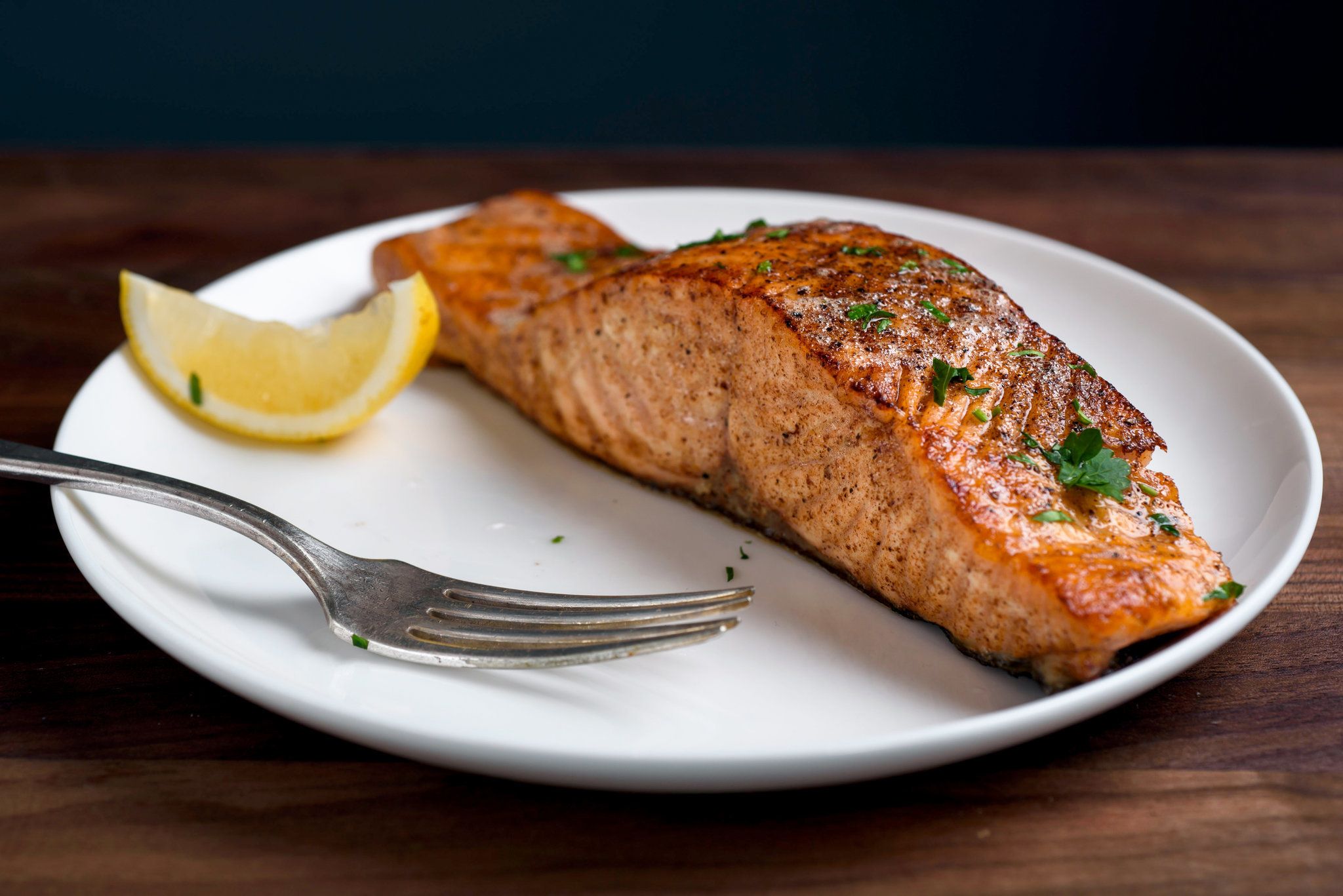
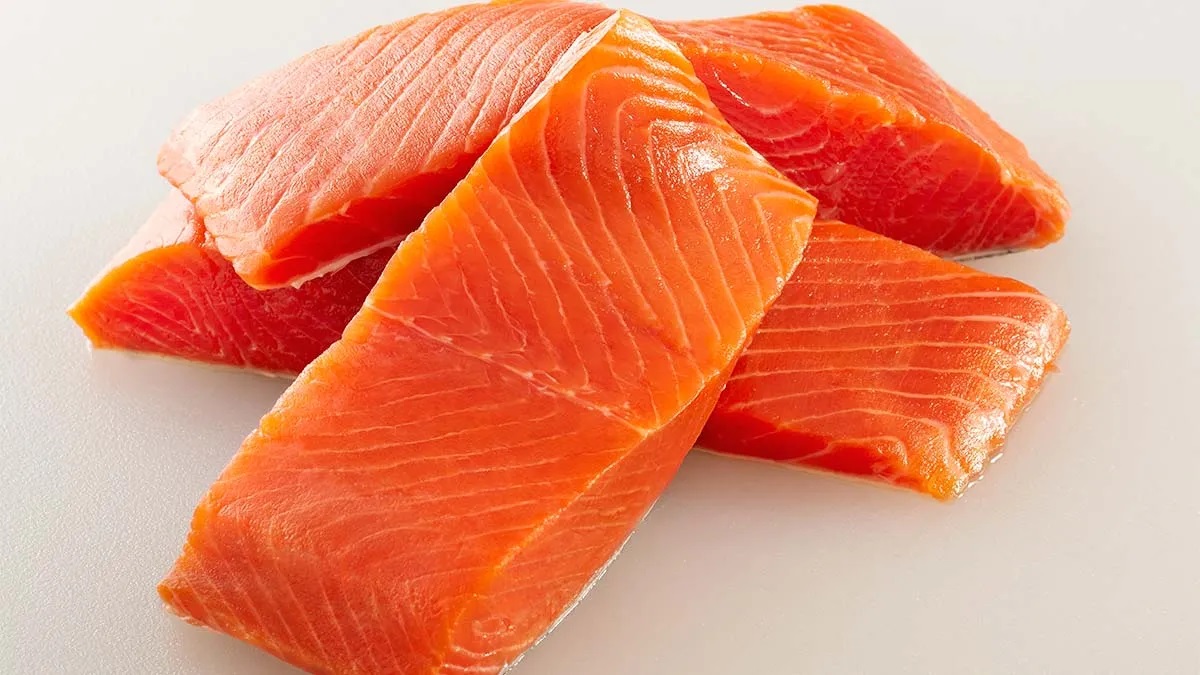
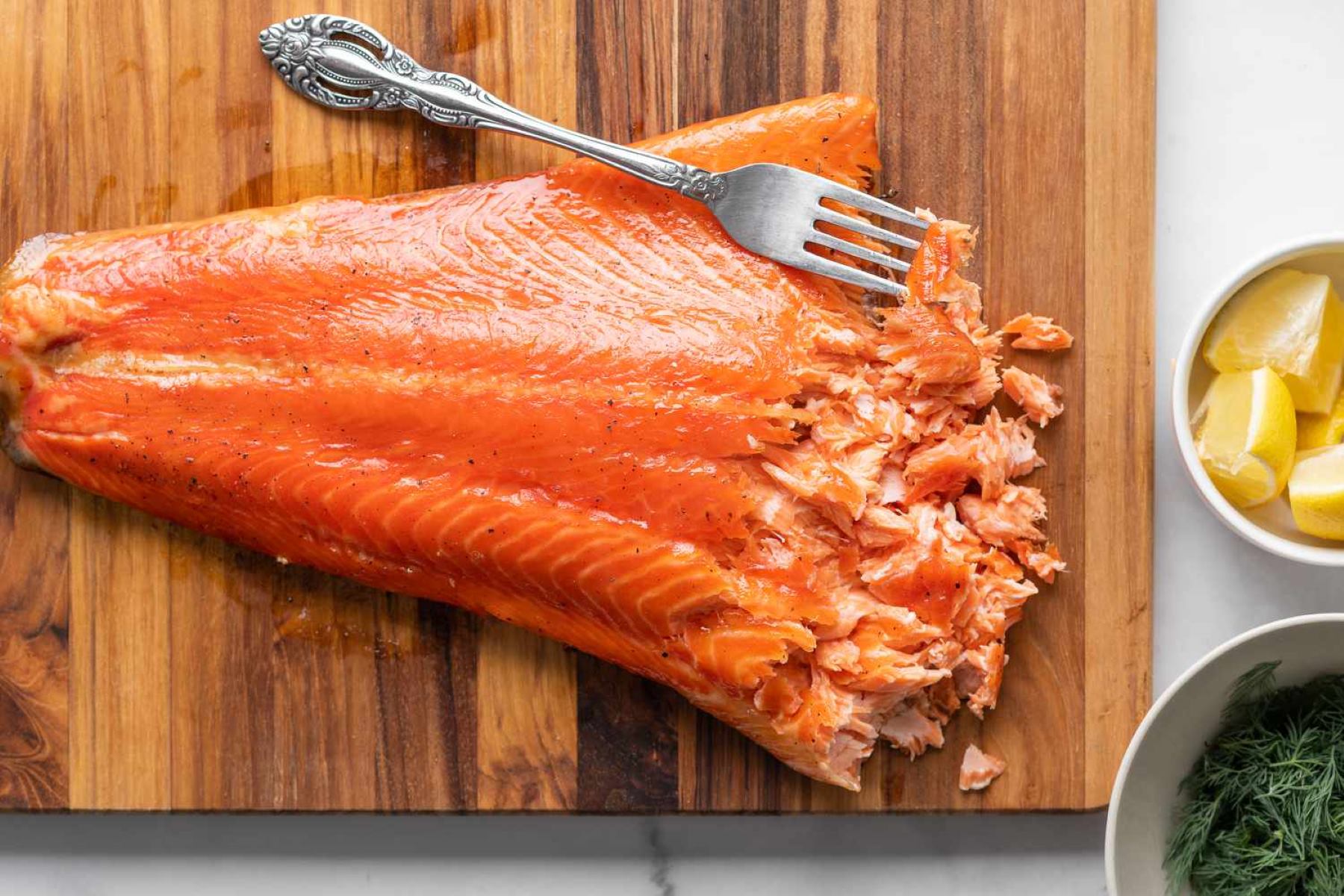
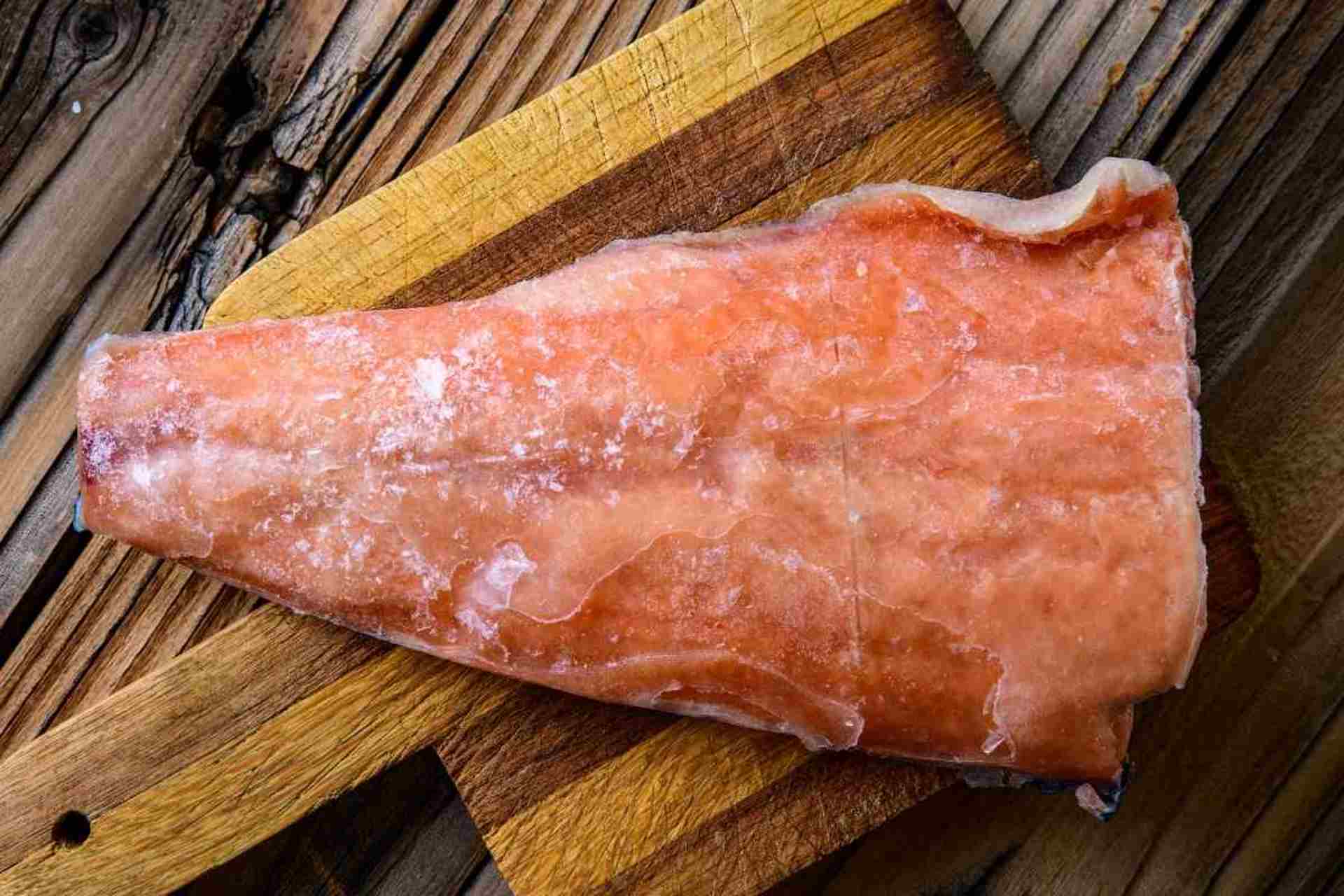
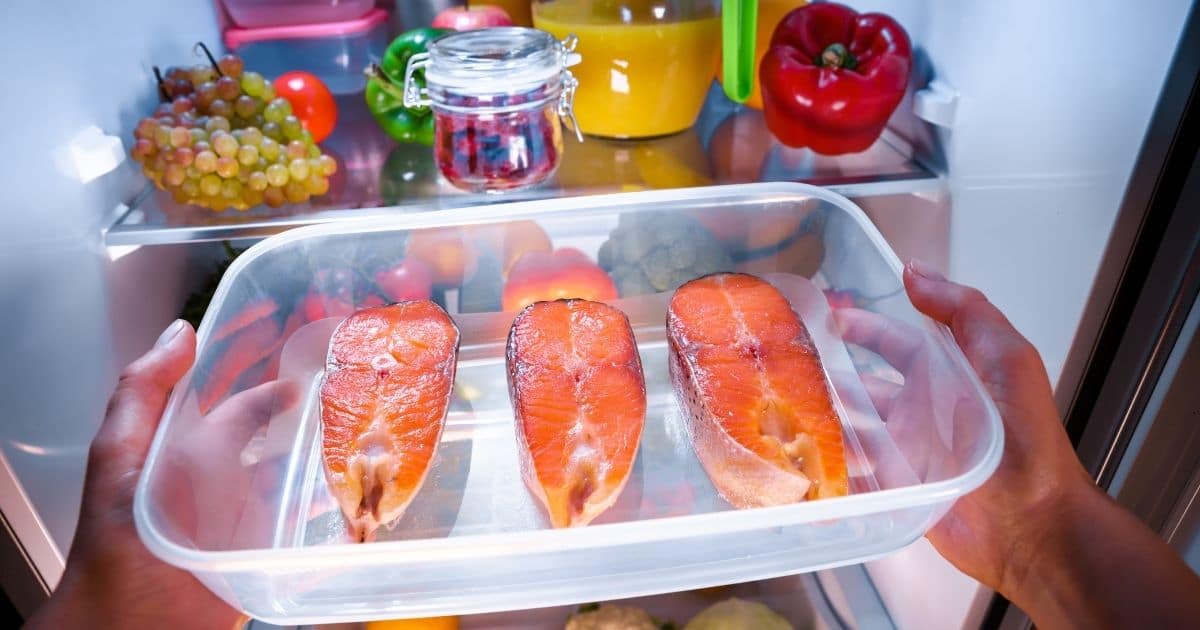



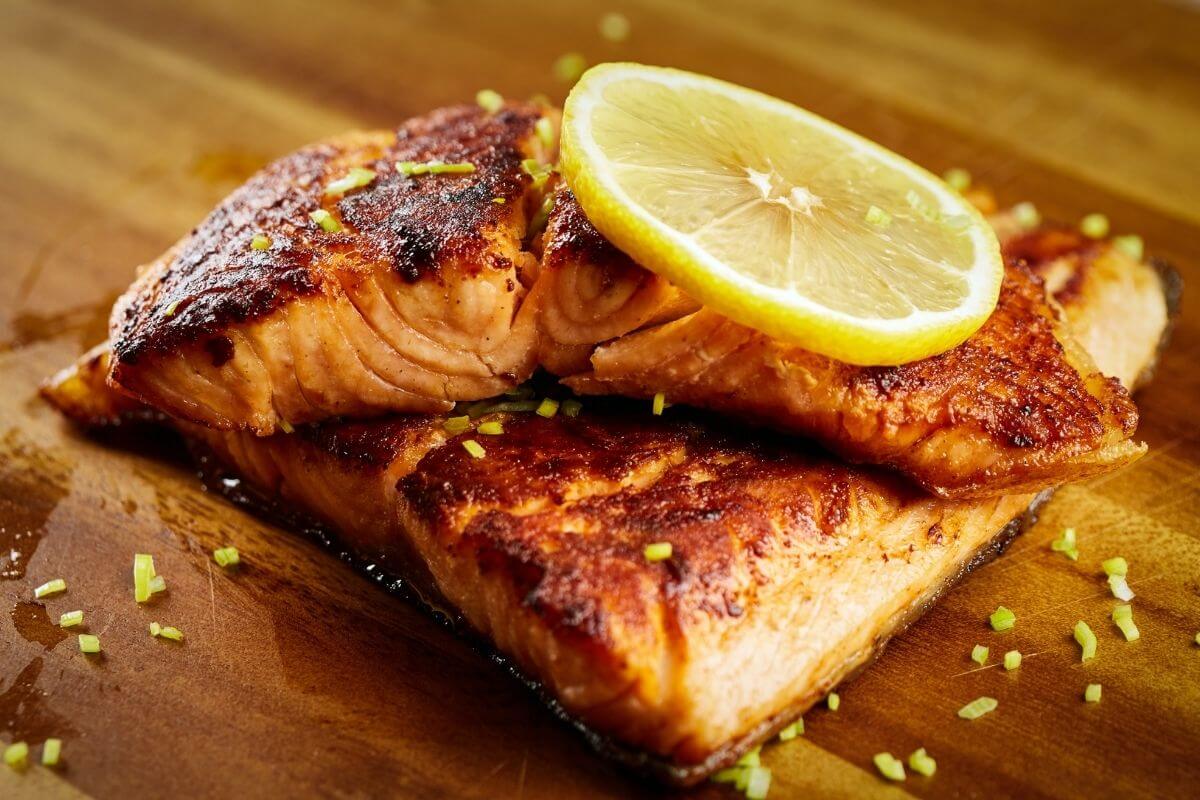

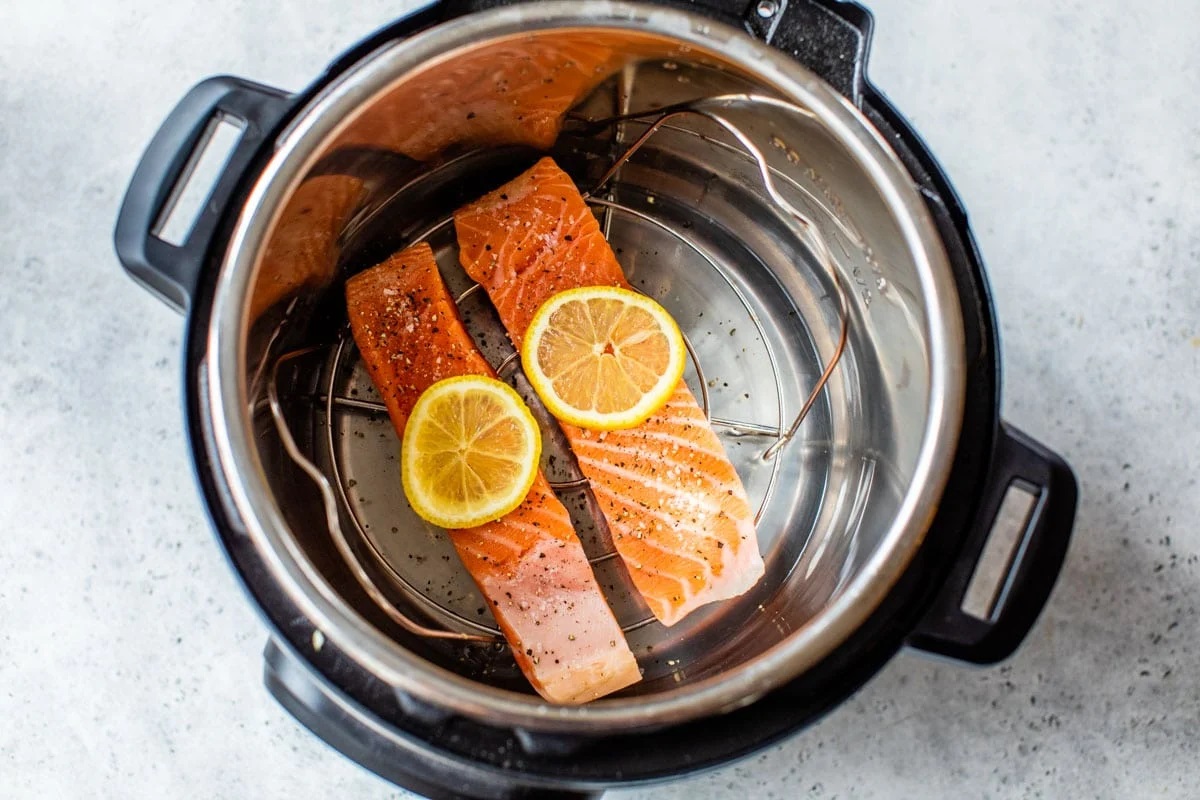
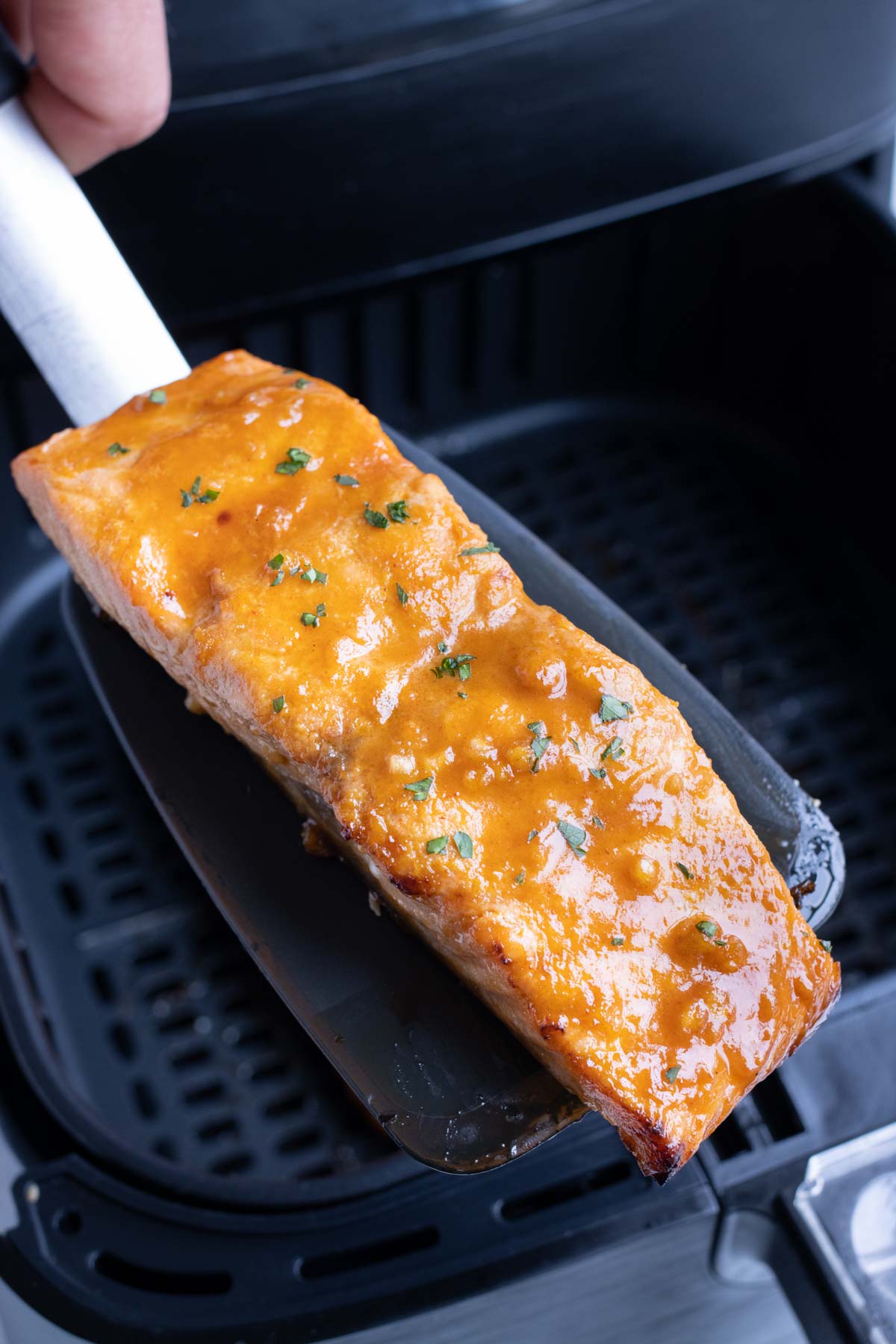
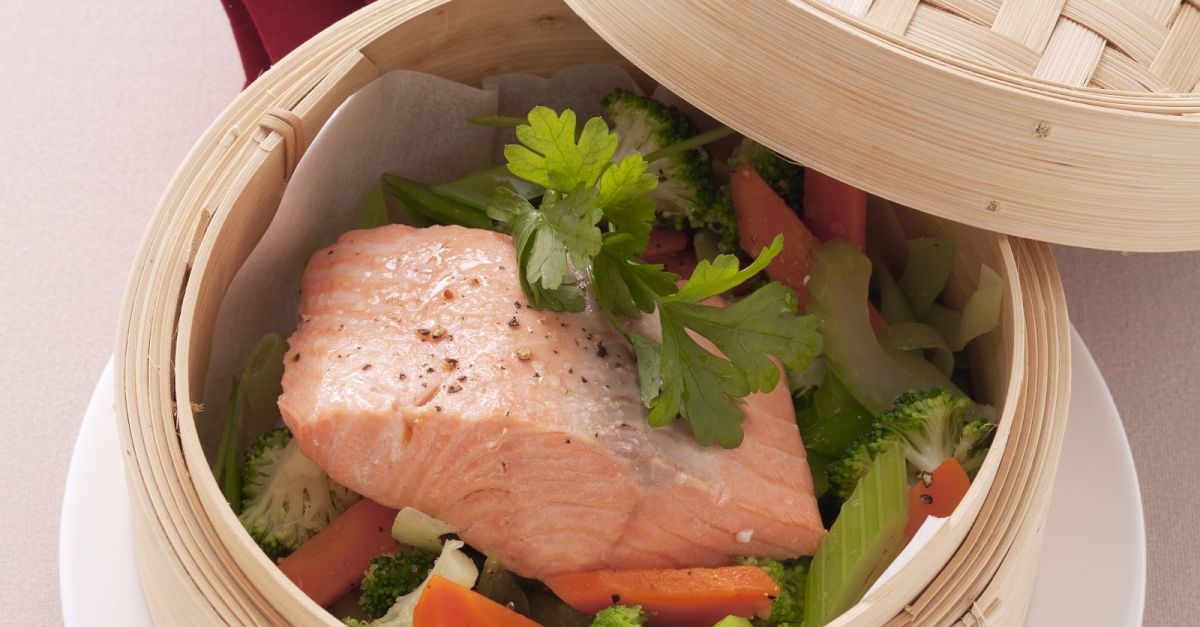
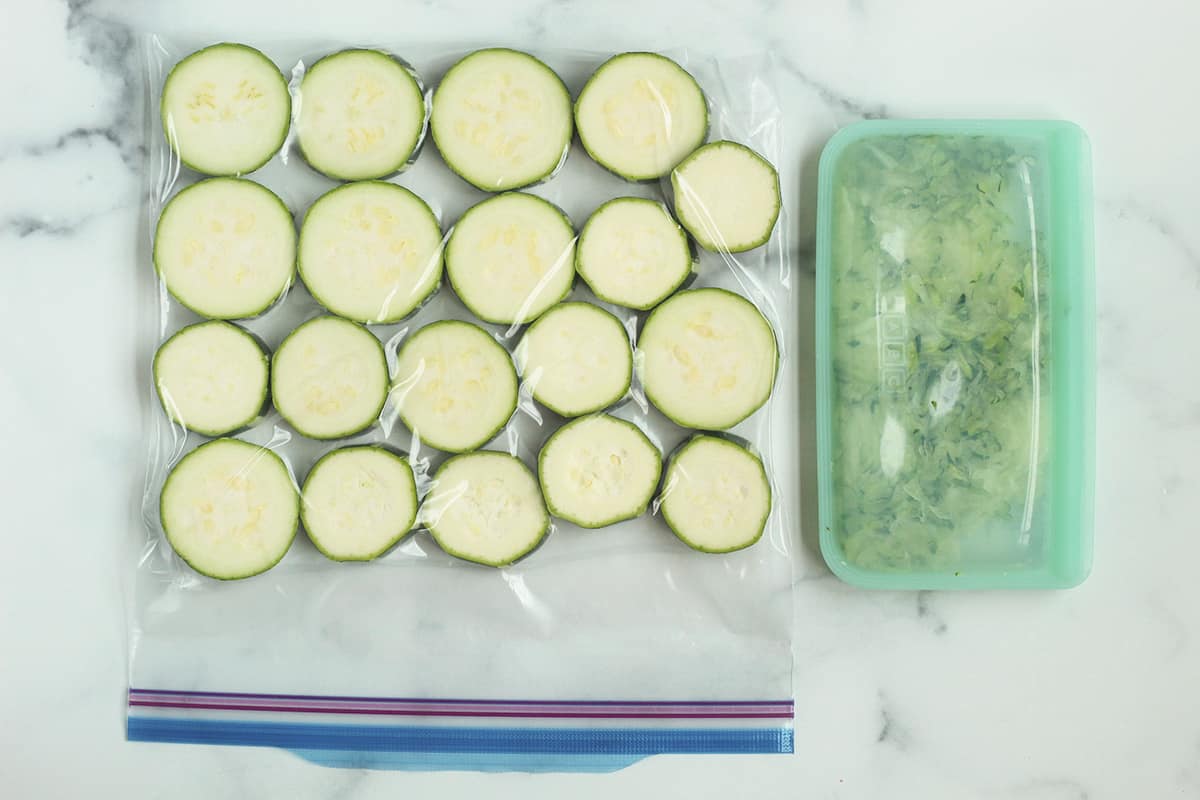

0 thoughts on “How To Store Salmon In Freezer”